About Coventry
Table of Contents
The city of Coventry is located in central England. The city is home to Coventry Cathedral, which was left in ruins after World War II bombings. Its replacement cathedral features abstract stained glass. The city is also home to the Herbert Art Gallery and Museum, which features paintings and a statue of Lady Godiva. Its historic Guildhall is also worth a visit, with its vaulted crypt.
Coventry was a leader in the cloth trade
During the Middle Ages, Coventry was one of the most important cities in England, and the cloth trade flourished in the area. The city was especially famous for its cloth made in a distinctive shade of blue, which came to be known as Coventry blue. The whole process of making cloth took place in the city, and was regulated by guilds to maintain standards and ensure a high quality of work.
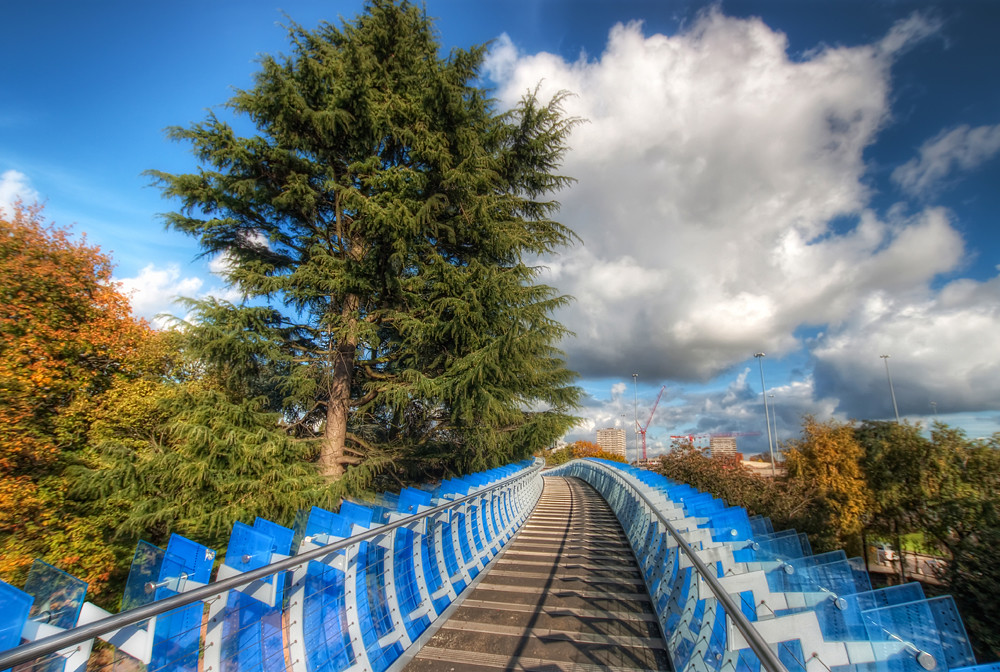
The cloth of Coventry was usually a bright blue or green colour, with madder or woad acting as the background colour. This lent itself to exports to the Continent. Ships with Coventry cloth would head to Gascony, Spain, and Portugal. Ships would return regularly, bringing woad with them to dye the next set of cloths. The cloth from Coventry was known to be a symbol of blue skies.
Coventry was an important medieval city, second only to London and York. During the Middle Ages, the city was also a religious centre. A Saxon nunnery was founded here in AD 700 by St Osburga. This was later destroyed by the Danish army under King Canute.
In the fourteenth century, Coventry was the fourth largest city in England, with a population of approximately 10,000 people. It was also one of the few citys to host the first English Parliament. The city grew up to be one of the most important industrial centres in the country. A number of industries flourished in the city, including glass, metalworking, and textile manufacturing.
Before the Normans invaded England, Coventry was a thriving trading city. The Domesday Book records its population as 350, suggesting that it was a bustling trading centre in the Anglo-Saxon era. Interestingly, Godiva had met William of Normandy before the Normans arrived and was one of the few Anglo-Saxons to retain their land after the invasion.

About Coventry - It was a centre of the British motor industry
Coventry is an industrial city, and was home to a number of notable motor manufacturers. It was also a centre for bicycle and sewing machine production. The city’s automotive industry had a heyday in the early 1960s, when the legendary E-type Jaguar was created. This car could reach speeds of up to 150mph. The city also produced many racing cars, including the Hillman Imp, which was a rear-engined race car produced by Rootes Brothers.
The city also boasted some of the most important names in British history, including Frank Whittle, the inventor of the jet engine. During the Blitz, Coventry was one of the most heavily bombed cities in the UK. However, the city was able to recover quickly after the war, and it became a centre of the British motor industry.
The city was the heart of the British motor industry, and it adapted its manufacturing techniques from other industries to suit car production. This led to the city becoming known as the “British Detroit”. Jaguar, Chrysler, and Rover all made their homes in Coventry. However, the city was also a target for the Luftwaffe during World War II, with the city constantly bombed by German planes.
The British motor industry is a multi-billion-pound industry in the UK, employing 730,000 people. According to the Society of Motor Manufacturers and Traders, the industry accounted for £60bn in turnover last year. As such, Coventry is well placed to benefit from the boom in the automotive industry. If this trend continues, it could lead to increased employment in the city.
It was home to the only unfortified royal palace outside London
Coventry was once home to the only unfortified royal residence outside of London. The surviving gatehouse of the palace is the oldest building in Britain that is still in use as a register office. Famous figures from history and literature have also lived in the area, including jet pioneer Sir Frank Whittle and poet Philip Larkin. The city is also the home to the largest arts complex outside London, the Warwick Arts Centre.
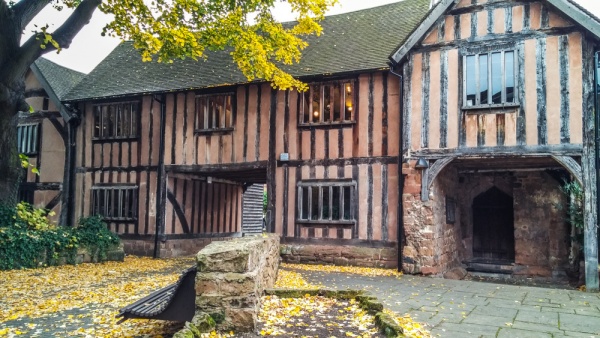
Cheylesmore Manor is a magnificent 13th century medieval house and former royal palace. It was built in 1237 for the earl of Arundel. In the 13th century, it was occupied by the Black Prince, son of King Edward II. The house was moated at one time, but traces of the moat had disappeared by the 16th century.
Coventry is home to many old buildings and medieval streets, and is one of the crown jewels of medieval cities. Despite the fact that it was heavily firebombed during WWII, much of the city’s medieval splendour is still in evidence. There are old houses and little streets, as well as a mighty Cathedral in the centre of the city.
It suffered from outbreaks of plague
The city suffered multiple outbreaks of plague in the sixteenth century. It was a time when the average lifespan was just 35 years. People lived in filthy, crowded conditions. Parish registers were used to track the deaths and the epidemic’s progression, and authorities banned gatherings when 30 people or more died from the disease. The only exceptions were church services, as they believed that people could not contract the plague while participating in religious rituals.
The city’s main industries in Medieval times included weaving and dyeing wool. There were many cloth workers, as well as fullers, who cleaned and thickened cloth by pounding it with water or clay. There were also leatherworkers and other craftsmen. In 1340, the merchants of the city formed a guild and built St Mary’s Hall.
The plague was spread by rats, which were infested with fleas. The infection caused swelling of the lymph nodes, fever, and headaches. In most cases, plague victims were infected through the bite of a black rat flea. The plague also spread through coughing.
While England’s historical records of the plague’s deaths are more complete than those of most other European countries, it is still difficult to establish the exact death toll. It depends on the size of the population and the proportion of people who died from the disease. While contemporary accounts often state a 90 per cent death rate, modern historians give more modest estimates of death rates ranging from 25 to 60 per cent.

It has undergone extensive remodelling
Coventry has recently undergone extensive remodelling, making it a more attractive city for visitors. The downcity core has been redesigned to become more pedestrian-friendly. In 2004, the city completed a major regeneration project known as the Phoenix Initiative. Its climate is temperate, with mild winters and cool, dry summers. Temperatures rarely rise above 30degC. Snowfalls are rare but can be disruptive.
One of the main attractions of Coventry is the new Hilton hotel. The refurbished hotel features a brand-new lobby and increased space for large events. It also has a newly renovated restaurant that is designed to tie in with the revival of classic British cuisine. The new dining establishment is themed after 1950s British cuisine and features retro styling.
Another major project is the new Cathedral Lanes shopping centre, which is undergoing renovations. The city’s high streets are also being refurbished to improve the overall aesthetics. Many people in the city are pleased with the renovations. Coventry has a history of welcoming people and hopes to build on this.
The city has seen a decline in crime, which could be attributed to the city’s well-lit pedestrian areas. However, visitors should still take a few precautions to keep themselves safe. Nearby cities include Birmingham, the United Kingdom’s second largest city and the transport hub of the West Midlands region.
In the past, Coventry was home to many medieval buildings. One of the most striking remains of this period is the St Mary’s Guildhall, which dates back to the 13th Century. The building’s tapestry was recovered after the Second World War despite the bombings during the war.

Places of Interest Around Coventry
Allesley Park

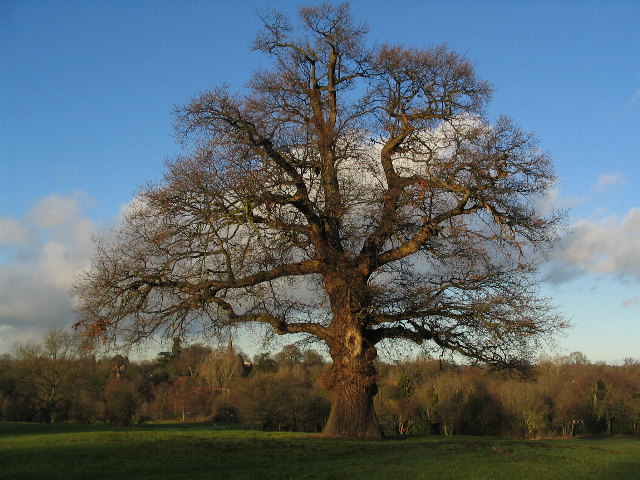
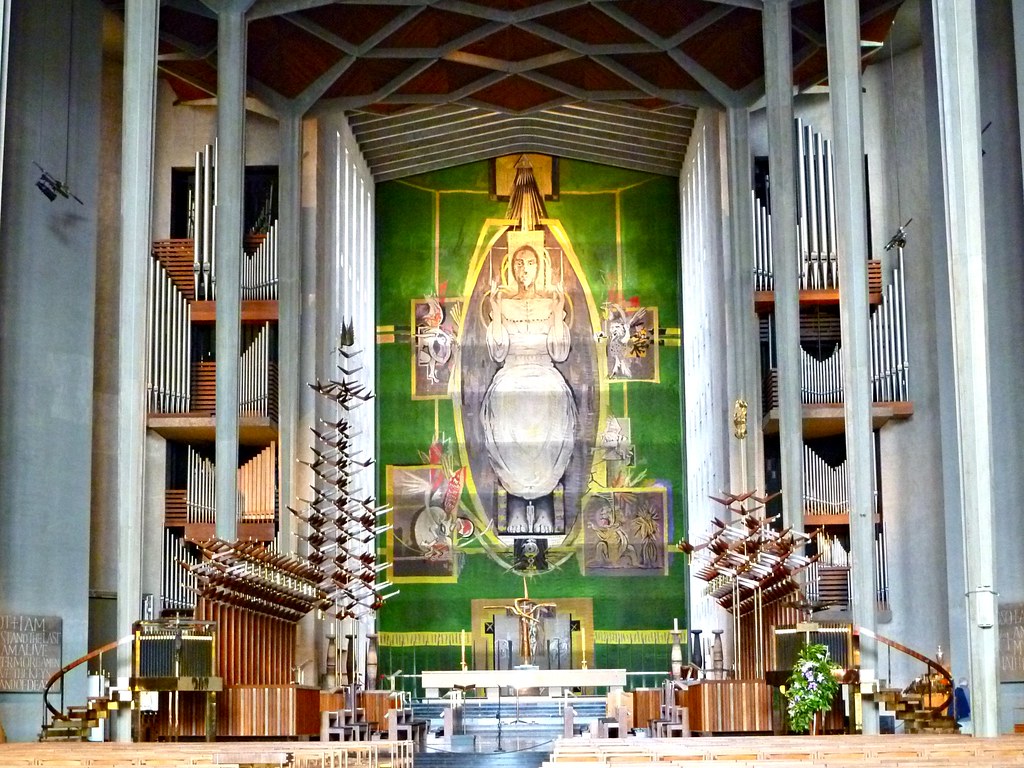
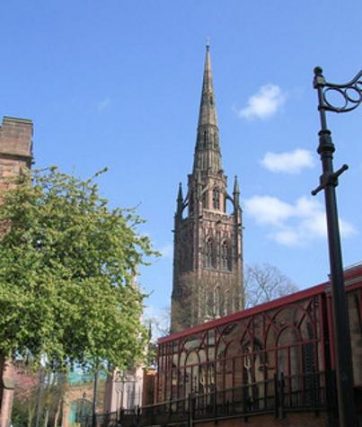
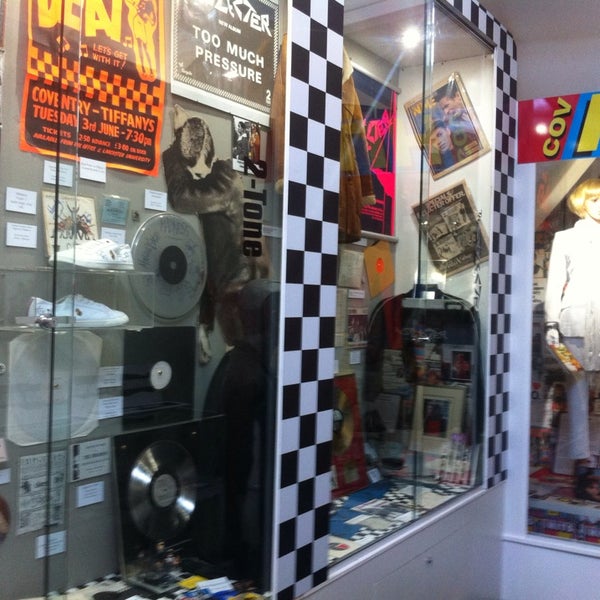
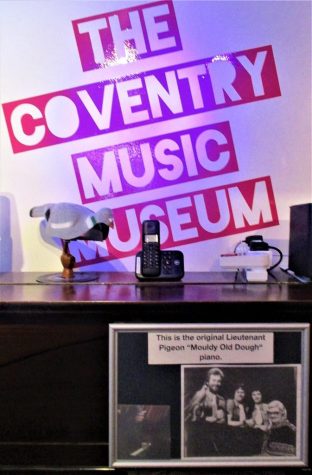
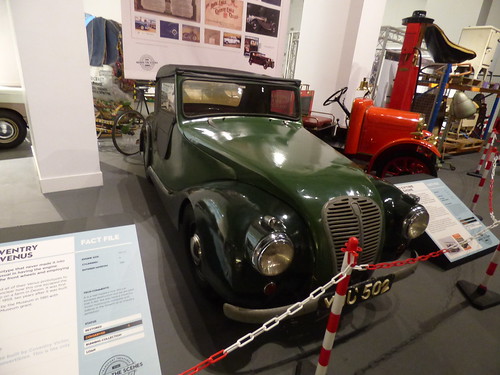



Please Share
About Us
BE Marketing & SEO is a leading digital agency in Coventry. Offering a wide range of marketing services, to help improve both local and national presence. Book a FREE Consultation today!
Follow Us:
Follow Us:
Menu
Services
Contact:
BE Marketing & SEO Midlands
115 Black Prince Ave
Coventry
West Midlands
CV3 5QP
Tel: 07761 922644 or 07726 170031
Email: [email protected]
Privacy Policy | Cookie Policy | Sitemap | Contact Us
Our website has been reviewed and approved by b2blistings.org – SEO Listings
Copyright © BE Marketing & SEO Midlands. All Right Reserved
